Owner Boyes, Richardson & Co Class and type Barque Draft 21 ft 6 in (6.55 m) Length 55 m | Beam 34 ft 6 in (10.52 m) Launched 1864 Tons burthen 911,700 kg | |
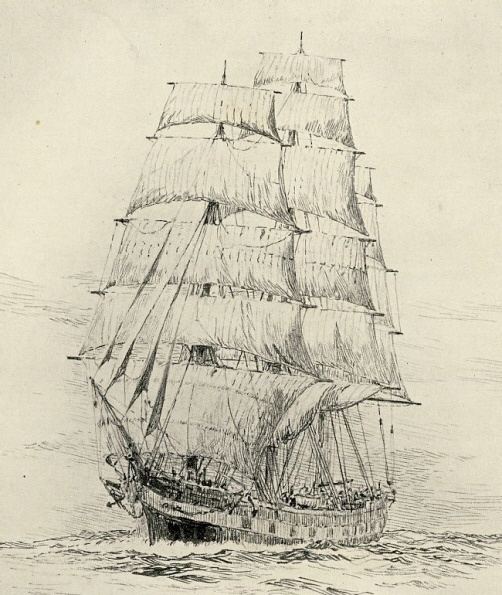 | ||
Fate Wrecked 13 May 1866, Auckland Island | ||
General Grant was a 1,005-ton three-masted barque built in Maine, USA in 1864 and registered in Boston, Massachusetts. She was named after Ulysses S. Grant and owned by Messers Boyes, Richardson & Co. She had a timber hull with a length of 179.5 ft, beam of 34.5 ft and depth of 21.5 ft. While on her way from Melbourne to London, General Grant crashed into a cliff on the west coast of main island of the Auckland Islands of New Zealand, and subsequently sank as a result. 68 people were killed during the sinking, but 15 people were able to escape the sinking ship.
Contents
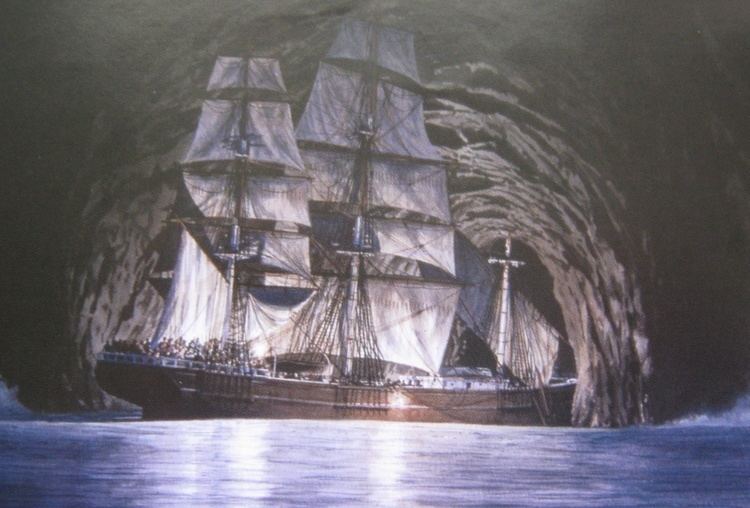
Wreck
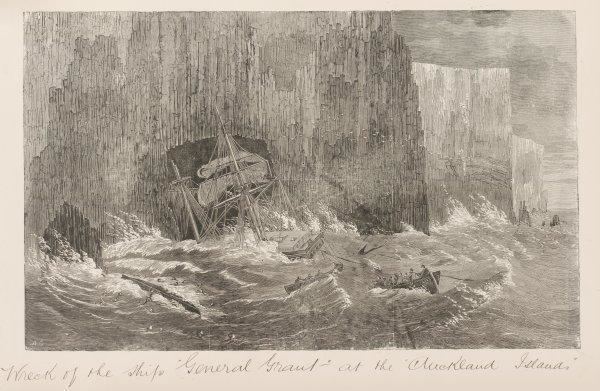
She departed Melbourne on 4 May 1866 bound for London via Cape Horn, under the command of Captain William H. Loughlin. She was carrying 58 passengers and 25 crew, along with a cargo of wool, skins, 2,576 ounces of gold, and 9 tons of zinc spelter ballast. Included in the passenger list were a number of successful miners from the Australian gold fields.
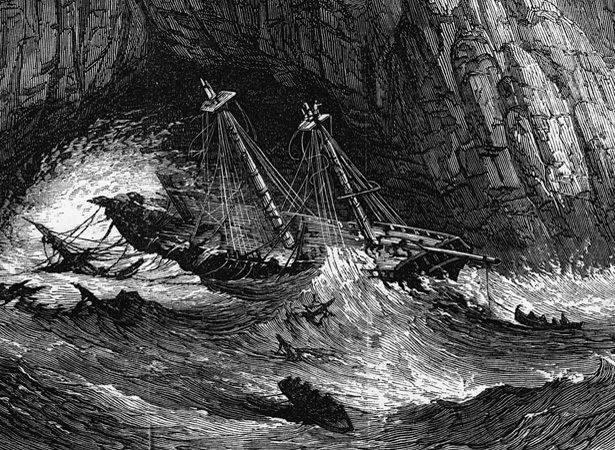
At 11pm on 13 May 1866, the Auckland Islands were sighted dead ahead. With only light winds the crew were unable to change course, and she collided against the cliffs and drifted into a large cave on Auckland Island's western shore. The rising tide and increasing swell caused the main mast to hit the cave roof repeatedly until the mast forced a hole through the hull; the ship sank on 14 May 1866. Although the weather remained calm, the boats were not launched immediately on the ship entering the cave as it was very dark, there was no obvious landing place, and pieces of spars and rock were falling down continually.
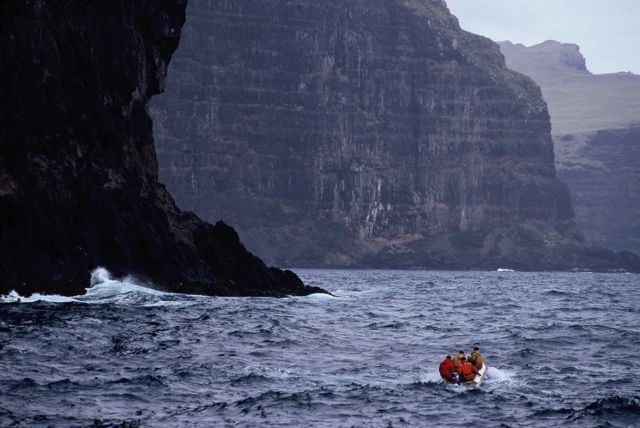
Once daylight arrived the three boats on board were prepared for launch. The boats consisted of two quarter boats (each 22 feet long) and a long boat of 30 feet. One of the quarter boats was launched first and sent outside to see if landing could be made. The boat was expected to return for more people but instead waited outside the cave as no landing could be found. By this time the swell was increasing. The second quarter boat took a number of passengers and crew, including Mrs Jewell, to the first boat for transfer. The long boat was lying on the quarter deck and was filled with passengers. The ship was sinking fast and the long boat floated off General Grant's decks. Unfortunately, the long boat was swamped with water just after getting clear of the ship. The second quarter boat stayed out of the danger area, but three people (David Ashworth, Aaron Hayman, and William Sanguily) were able to swim through the surf to the quarter boat. A total of fifteen people, including 9 crew and 6 passengers, survived the wreck. The captain did not leave the ship.
Passengers and crew
The list of those on General Grant includes:

Castaway

After the sinking of the ship and the capsizing of the long boat, the remaining two quarter boats pulled up outside the cave and decided to row for Disappointment Island. They reached there at dark and then the next day made for the Auckland Island and Port Ross. They arrived there after three days and two nights. After exploring, the group found two huts at Port Ross and, on 13 July 1866 Musgrave's hut. The group split in two in order to keep watch for passing ships. After nine months ashore, four of the crew decided to attempt to sail to New Zealand in one of the quarter boats. They set sail on 22 January 1867 without a compass, chart, or nautical instrument of any kind and were never seen again. Another survivor, David McLelland, died of illness on 3 September 1867. He was 62.
The ten remaining survivors moved to Enderby Island, where they lived on seals and pigs. On 19 November, they sighted the cutter Fanny, but she did not see their signals. The brig Amherst noticed their signals on 21 November 1867 and rescued the group.
As a result of this shipwreck and two previous wrecks (Grafton and Invercauld), the New Zealand government established a network of castaway depots and regular visits by government vessels to the subantarctic islands to relieve further shipwreck victims.
From as soon as 1868, General Grant's cargo of gold attracted numerous recovery attempts, several of which proved deadly for the wreck seekers, but the exact location of the wreck has yet to be confirmed.
